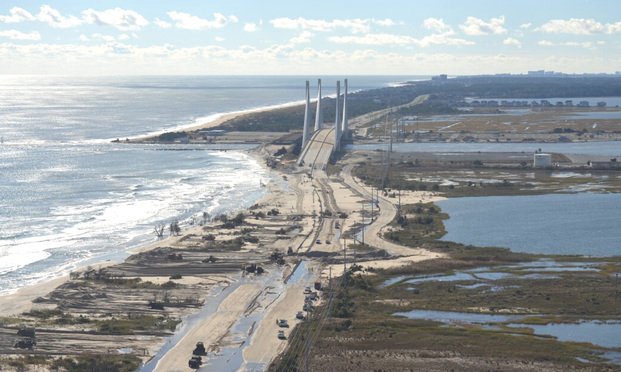 This contributor posits that the insurance industry can no longer afford the hidden costs of climate change. (Rajeev Kumar/ALM Media archives)
This contributor posits that the insurance industry can no longer afford the hidden costs of climate change. (Rajeev Kumar/ALM Media archives)
As debate continues over declined COVID-19 business interruption claims and the virus exclusion, the role of the insurance industry amid global disasters has come into question. The ubiquity of pandemic risk requires enormous, sometimes unaffordable premium reserves to cover damages, which is why insurers routinely carve it and other all-encompassing events out of coverage. Yet, the industry has not approached climate change with the same vigor. Although wildfires and storms accelerate in frequency and severity, they remain core covered perils. What happens when the scale of damages from climate change surpass that of COVID-19?
|The next crisis
The industry is already experiencing the beginning of this disaster. Natural catastrophe losses in 2020 were up 26.5% from 2019, according to Investopedia, and over the last five years nearly doubled those of the prior five. Carbon emissions are creating a weather system fundamentally different from the one in which the insurance industry thrived, yet most insurers still rely on historical data to measure future risk. Among some corners of the industry, there remains an unspoken hope, disguised in the humility of having witnessed many market cycles, that things will either return to normal or that the economy will naturally adapt despite all evidence to the contrary.
Recommended For You
Want to continue reading?
Become a Free PropertyCasualty360 Digital Reader
Your access to unlimited PropertyCasualty360 content isn’t changing.
Once you are an ALM digital member, you’ll receive:
- Breaking insurance news and analysis, on-site and via our newsletters and custom alerts
- Weekly Insurance Speak podcast featuring exclusive interviews with industry leaders
- Educational webcasts, white papers, and ebooks from industry thought leaders
- Critical converage of the employee benefits and financial advisory markets on our other ALM sites, BenefitsPRO and ThinkAdvisor
Already have an account? Sign In Now
© 2025 ALM Global, LLC, All Rights Reserved. Request academic re-use from www.copyright.com. All other uses, submit a request to [email protected]. For more information visit Asset & Logo Licensing.





